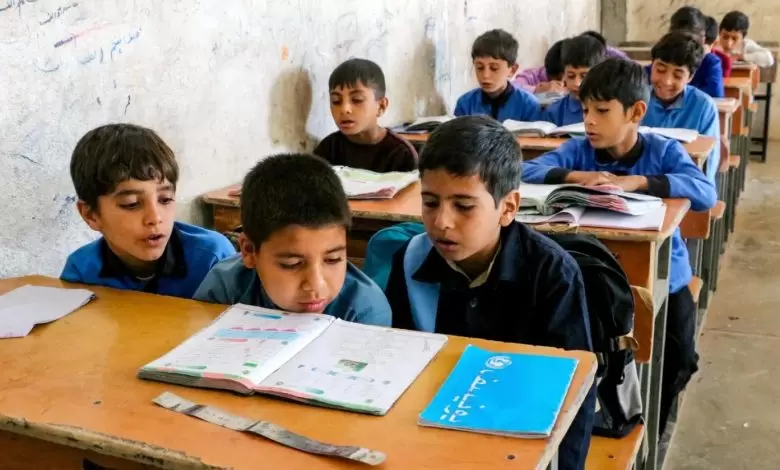
A significant policy shift has been introduced in Afghanistan’s public school system, where traditional Afghan attire has officially replaced the previous school uniforms for boys. Following Eid ul-Fitr, it has become mandatory for male students in public schools to wear white clothing and a turban or cap—a move many see as symbolic but contentious.
According to sources, the new dress code applies strictly to government-run educational institutions. Students are now required to wear a traditional outfit, primarily shalwar kameez, with the kameez falling to mid-calf length. The guidelines also specify that clothing must not reveal the shape of the body, and wearing either a turban or a cap is now compulsory.
Bilal, a student at a public school, shared his experience: “Our teachers have warned us that if we don’t follow the new uniform policy, we will be punished—physically.” His remarks suggest a rigid enforcement of the new rules, creating psychological pressure on students.
Also Read: Pakistan, US to Expand Strategic Ties with Focus on Mineral Development
In contrast, students at private schools are still wearing the previous uniforms—typically blue trousers and shirts—but change is gradually seeping into those institutions as well. Ahmad, a student at a private school, revealed that a new uniform featuring blue traditional dress is being introduced to align with the school’s colours while maintaining a cultural theme.
The policy has sparked a wide-ranging debate across Afghan society. Supporters view the shift as a reaffirmation of cultural identity, while critics warn that it risks erasing the distinction between students and the general public, given that long white garments and turbans are commonly worn in everyday Afghan life.
A teacher in Kabul, speaking on the condition of anonymity, confirmed the directive came from senior authorities: “We’ve been instructed not to allow students dressed in modern attire into the classroom. This is about preserving culture and maintaining discipline.”
However, critics argue that the policy may undermine students' individuality, self-expression, and right to choose. Reports of strict enforcement have raised concerns among parents and education experts, who believe schools should focus on academic development rather than enforcing specific cultural norms.
This sweeping change in school uniform policy has reignited a broader national conversation about the balance between cultural identity and educational freedom in Afghanistan. While some celebrate the return to tradition, others fear it may come at the cost of personal autonomy and inclusive learning environments.